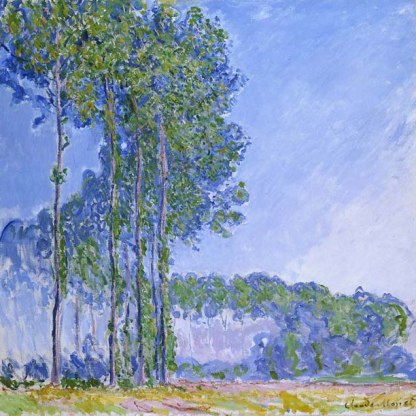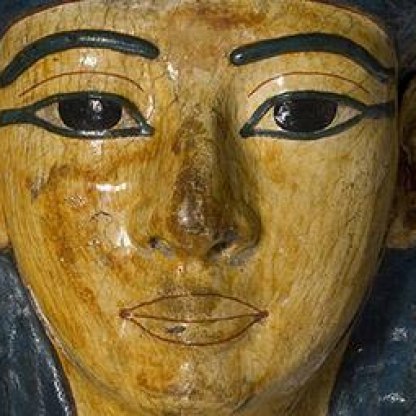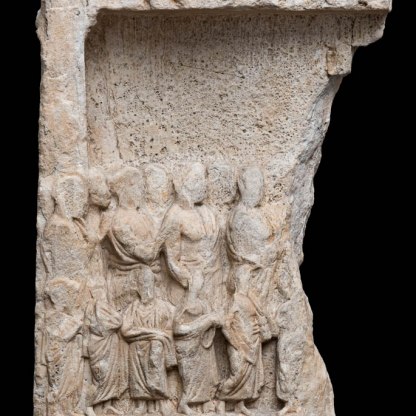Robert Pashley
1805-1859
Robert Pashley is connected to the Fitzwilliam Museum by the extremely fine Roman sarcophagus (GR.1.1835) that is often named after him. He was not the person who first found it, nor did he give it to the Museum, although he saw the sarcophagus while travelling through Crete in 1833-4 and discovered a few fragments that had been overlooked by the finder. However, he was the first person to work out how all the sarcophagus fragments fitted together, and the first to publish a detailed and highly erudite description of its decoration.
Pashley was born in York in 1805, and entered Trinity College, Cambridge in 1825, becoming a Fellow of the College in 1830. In 1833-4 he toured Greece, Asia Minor and Crete, and in 1837 he published a two-volume account of his journey, Travels in Crete. Returning to England he pursued a career as a lawyer, becoming first a QC and then an assistant judge before his premature death in 1859 at the age of just 54.
During Pashley's four-month stay on Crete he criss-crossed the island with the help of local guides. The weather was atrocious and food was scarce but nothing swayed him from his purpose to investigate the ancient and modern society of Crete. As emerges from Travels in Crete, he examined every coin that he was offered, transcribed every inscription and discussed the history of every site he visited. He also showed a lively interest in the modern-day inhabitants, describing their farming practices and social customs, and firmly siding with the native Cretans against their Turkish rulers.
Pashley was a romantic as well as a scholar. He loved the ever-changing weather and landscape of Crete; and ruined sites like Knossos, at the time of his visit an unexcavated jumble of walls and mounds, also stirred his imagination. Looking in vain for traces of the great palace he knew from classical myth and legend, he lovingly described ‘the natural caverns and excavated sepulchres … in the immediate neighbourhood of the site of Cnossos (that) call to mind the well-known ancient legend respecting the … labyrinth’ and ‘the few shapeless heaps of masonry, which alone recall to the remembrance of the passing traveller (the city’s) ancient and bygone splendour’ (Travels in Crete, I.208-9).
Further reading
- R. Garnett (revised E. Baigent), ‘Robert Pashley’, Oxford Dictionary of National Biography 42, 965 (Oxford, 2004).
- R. Pashley, Travels in Crete (Cambridge, 1837).
Other highlight objects you might like
Other pathways and stories you might like
Sign up to our emails
Be the first to hear about our news, exhibitions, events and more…






